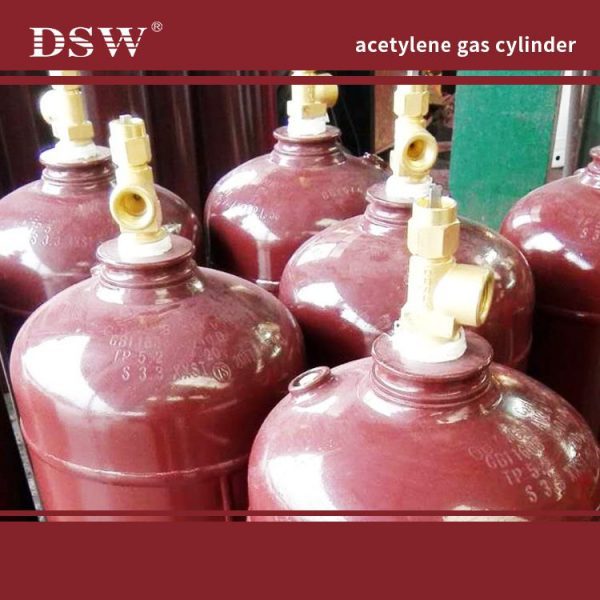Cryogenic Liquid Container, liquid nitrogen dewar

450L liquid nitrogen dewar, Cryogenic Liquid Container
| Model | DSW450-175-1.37 | DSW450-175-2.3 | DSW450-195-1.37 | DSW450-195-2.3 | DSW450-210-1.37 | DSW450-210-2.3 | DSW450-210-3.0 | |
| Nominal volume(L) |
175 |
175 |
195 |
195 |
210 |
210 |
210 |
|
| Effective capacity(L) |
160 |
160 |
177 |
177 |
191 |
191 |
191 |
|
| Dimension(diameter*height) |
Φ510*1557 |
Φ510*1557 |
Φ510*1673 |
Φ510*1673 |
Φ510*1767 |
Φ510*1673 |
Φ510*1673 |
|
| Working pressure (Mpa) |
1.37 |
2.3 |
1.37 |
2.3 |
1.37 |
2.3 |
3.0 |
|
| Safety valve open pressure(Mpa) |
1.59 |
2.41 |
1.59 |
2.41 |
1.59 |
2.41 |
3.45 |
|
| Bursting disk open pressure(Mpa) |
2.41 |
3.6 |
2.41 |
3.6 |
2.41 |
3.6 |
5.17 |
|
| Evaporation rate(Lin)(%/d) |
<2.1 |
<2.1 |
<2.0 |
<2.0 |
<2.0 |
<2.0 |
<2.0 |
|
| Empty weight(kg) |
≈130 |
≈142 |
≈133 |
≈152 |
≈131 |
≈165 |
≈165 |
|
|
Max filling weight (kg) |
LO2 |
≈182 |
≈182 |
≈202 |
≈202 |
≈218 |
≈218 |
≈218 |
| LN2 |
≈129 |
≈129 |
≈142 |
≈142 |
≈154 |
≈154 |
≈154 |
|
| LAr |
≈224 |
≈224 |
≈248 |
≈248 |
≈268 |
≈268 |
≈268 |
|
| LNG |
≈68 |
≈68 |
≈75 |
≈75 |
≈75 |
≈75 |
≈75 |
|
| LCO2 |
— |
≈188 |
— |
≈209 |
— |
≈225 |
≈225 |
|
| Level gauge |
Floating level |
Floating level |
Floating level |
Floating level |
Floating level |
Floating level |
Floating level |
|
| Surface treatment |
polish |
polish |
polish |
polish |
polish |
polish |
polish |
|
| Base type |
Rubber base |
Rubber base |
Rubber base |
Rubber base |
Rubber base |
Rubber base |
Rubber base |
|

What is a cryogenic storage dewar?
The cryogenic dewar, named after James Dewar, is a type of vacuum flask used to store cryogens like liquid nitrogen and helium.
Their boiling points are lower than the room temperature. Cryogenic dewars can take many forms, including open buckets or flasks fitted with loose stoppers.
They may also be self-pressurized tanks. All dewars are constructed with two or more layers of walls, and a vacuum is maintained between them.


Inspection guarantee of cryogenic liquid container, liquid nitrogen dewar:
The relevant welding seams will be subject to 100% RT non-destructive testing and penetrant testing (PT) according to the technological requirements of storage tank production(cryogenic liquid container).
High-purity nitrogen (up to 99.999%) will be used to conduct the strength testing.
Finally, advanced helium mass spectrometer leak detectors (with precision up to 2×10-9Pa.L/s) will be used to conduct Helium mass spectrometer leak detection.
The inner containers of the storage tanks will be passivated by overall pickling to meet the cleanliness requirements for dangerous goods.
Imported ultraviolet black light lamps will be used to make sure that there is no oil stain and other organic impurities in the inner containers.
The inner and outer containers, after cleaning, will be assembled at a time interval less than 2.5 hours.
After assembling, the inner containers and interlayers will be filled with nitrogen to protect them from dust and organic impurities, so as to ensure the cleanliness.
The inner and outer surfaces of the outer containers will be subject to overall sandblasting treatment to meet the requirements of Sa-2.5 standard.
When the surfaces of steel plates show the metallic color, a vacuum cleaner will be used to suck off the dust adhered to the surface so as to further ensure the vacuum degree in the interlayer.
Special high-quality perlite is used as the insulation material in the interlayer.
The perlite will be treated by using our company’s special process before being in the interlayer.
All the internal cylinders, after manufactured, will be subject to the gas-tight and pressure performance tests.
Both the internal and outer cylinders will be subject to rigorous Helium mass spectrum leak detection.
After the production is completed, all the pipe openings will be opened to carry out nitrogen purging and replacement, so as to meet the oxygen usage standard.
After this, all the pipelines and valves will be sealed and the tanks will be filled with 0.2MPa high-purity nitrogen for protecting the tanks.















